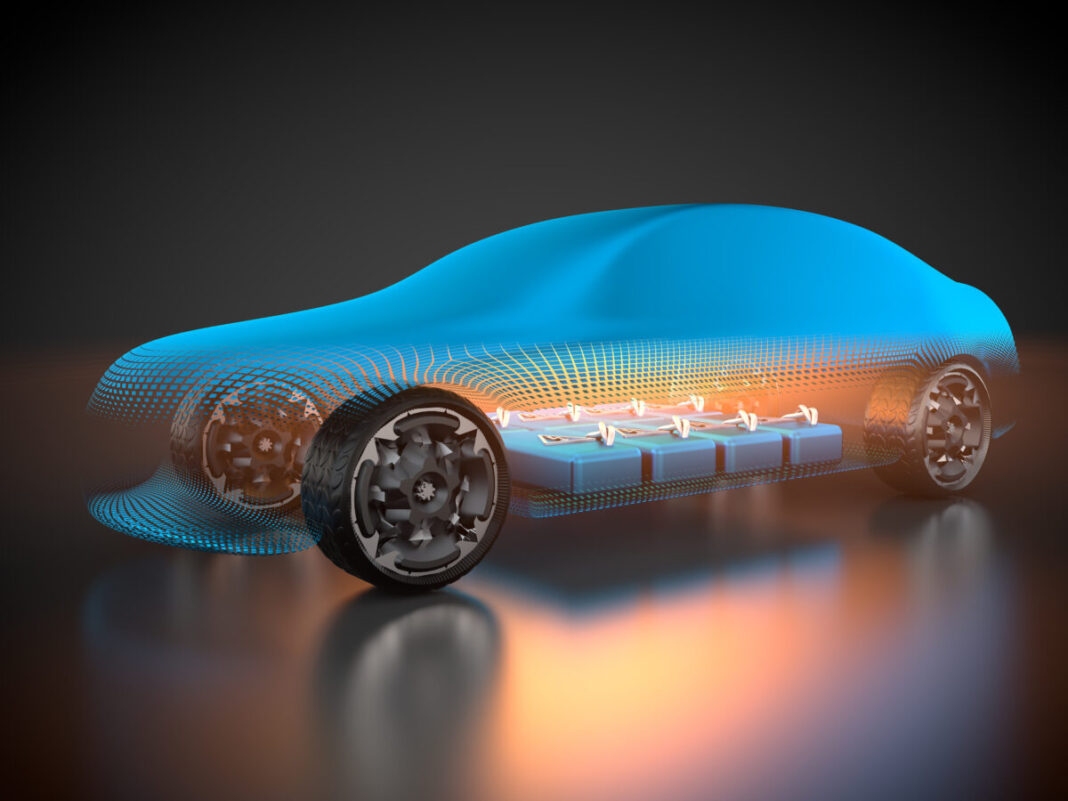The extreme on-track conditions in motorsport are helping further improve efficiency and performance of EVs on the road. By John McKeen
As the uptake of electric vehicles (EVs) has increased in the past few years, the real-life capabilities of this new and exciting generation of sustainable mobility have been brought increasingly into the spotlight.
EV registration figures in recent months demonstrated that private consumers in particular were taking their foot off the accelerator—in no small part due to concerns about their real-life driving range and the ability to charge them conveniently. While September’s private EV registration figures in the UK show encouraging signs of recovery, the downturn has been a wake-up call for the industry: while consumers are excited by the prospect of electric mobility, more needs to be done to rekindle confidence in the market.
OEMs have certainly taken extensive measures to enhance EV capabilities in recent years, alongside increasing investment and growth in charging infrastructure. But these are not the only demands to which industry players have had to respon. Increasingly stringent emissions regulations—such as the UK government’s zero emission vehicle (ZEV) mandate—spark the need for a commensurate increase in EV market share.
These combined developments make it critical for automakers to take further measures to accelerate the pace of innovation, and ensure that their products can meet the higher level of customer demand that the industry will increasingly experience in the future.

Motorsport categories at the forefront of electric mobility technology offer vehicle-manufacturers a robust testbed for achieving their objectives in this respect. The best ideas require the most rigorous testing to ensure their validity, and the racetrack is an ideal real-world laboratory to evaluate state-of-the-art solutions that have the potential to further enhance the efficiency and performance of electric mobility technology, and drive the electric mobility industry as a whole forward.
The ABB FIA Formula E World Championship is a perfect example for how innovative, sustainable technology put through its paces on the track can translate directly into development of effective solutions for road-going sustainable mobility solutions. For example, given the exceptional build-up of thermal energy in critical components within the race car’s fully electric powertrain, engineers needed to develop intelligent solutions to regulate their temperature—which will help maintain the optimum conditions for extracting maximum efficiency and performance on-track.
This can be delivered through the power of materials science. By understanding the unique requirements and existing limitations of the race car package, Dow MobilityScience and Jaguar TCS Racing’s engineers can determine the thermal interface material that provides the greatest optimised performance in thermal conductivity and a series of further parameters. When integrated effectively into the powertrain design, intricately formulated adhesives, gels, and polymers come together to provide the ideal ecosystem for thermal insulation. This plays a crucial role in helping to efficiently dissipate heat where required, enable the race car to operate in its ideal temperature window, and perform in the most energy-efficient manner possible, thereby optimising the balance between power and range.
Stress-testing these state-of-the-art technologies at the extremes of automotive performance is essential for OEMs looking to expedite the development of solutions that can perform effectively, and safely, on public roads. Nowhere else in real-world environments can the efficiency of solutions destined for consumer vehicles be tested so rigorously, and it provides an accelerated feedback loop for us to take effective solutions from racetrack to road, faster.
The future of sustainable mobility promises—and needs—to be powered by rapid innovation; and through the opportunities offered by sustainable motorsport, OEMs have the opportunity to make it a reality now.
The opinions expressed here are those of the author and do not necessarily reflect the positions of Automotive World Ltd.
John McKeen is Technical Director at Dow MobilityScience
The AutomotiveWorld.com Comment column is open to automotive industry decision makers and influencers. If you would like to contribute a Comment article, please contact [email protected]

